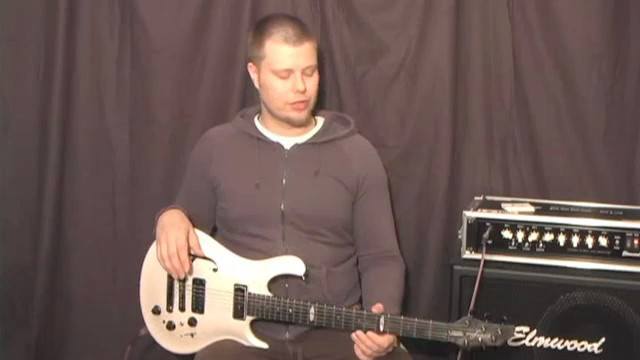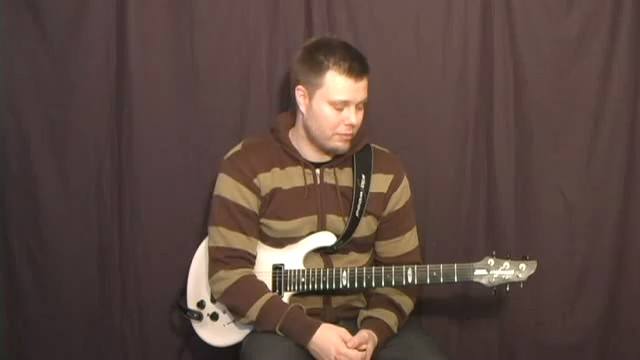So, we need to be able to TEST ourselves right? To confirm that we really DO have these intervals firmly established in our mind. So how do we go about this then? Well, the testing should be done in 2 parts as I see it.
First, you should either test yourself by randomly drawing cards, and naming and singing these intervals up and down. However, this is just as a last resort.
You really should try to find someone that can sit down with you for a while to test you, once you feel that you are ready for it. Then, that friend can be more random about it, and you wont have the instrument in your hand for easy visible access to the target pitches.
So, your friend should say for example “perfect fifth from D”, and then play that D for you. You should then sing the A (up) and G (down) correctly naming the interval, AND correctly singing the interval both up and down. It is also IMPORTANT that you DO NOT sing the starting note. This is fine when you practice yourself, but for testing purposes we want to be sure that we can have the “sound character” of these intervals in our minds, and that we do not need to rest on the root to be able to find the target pitch. Do this singing/theory tests for at least 5 minutes straight, without ONE SINGLE MISTAKE ALLOWED!
That is, if you get one of the two correct answers for each interval wrong, say you said G as the perfect fifth down from D, but sang A up and A DOWN (thus singing a perfect fourth down from D) that would be one mistake. If you also SAID A instead of G, that would be 2 mistakes!
I feel it imperative that you do not allow yourself ANY mistakes in this testing, to be 100% sure that you got it! 5-10 minutes of these will correspond to A LOT of intervals, so you need to make sure you REALLY know them before testing!
The second testing procedure will be to just listen and discern BETWEEN different intervals. Of course you can not do this as long as you only have one interval. But as soon as you have added more than one (say major and minor thirds, or fourths and fifths), you can have your friend play them both melodically and harmonically for you, giving you a few seconds to name them before giving you the answer. It is also important that you do NOT go to slow. You want this ability to be PRACTICAL, and if you need 5-10 seconds, and your friend holding that chord ringing for you, that is not practical. NO, you should be able to have your friend just play the things very staccato (fast and snappy), and you should still be able to hear the difference.
In this exercise, you should definitely go for the full 10 minutes, without a single mistake!
One last very important note here guys. IF you make a mistake, do NOT let your friend just rush on saying “wrong” and play the next interval. He/she must say “wrong, you said perfect fourth, it was a perfect fifth. THIS is what a perfect fourth sounds like (play it), and THIS is what the perfect fifth sounded like”. And you LISTEN for the difference, and mentally correct yourself.
For your own interest, you might have you friend make a note on a piece of paper every time you get a mistake, just to know how far from perfect you where. But, really, since there are not any mistakes allowed, as soon as you have one, just relax and enjoy it as an exercise instead. Don’t quit the test as soon as you make a mistake, continue the full 10 minutes anyway, you are still learning by listening either way.






















